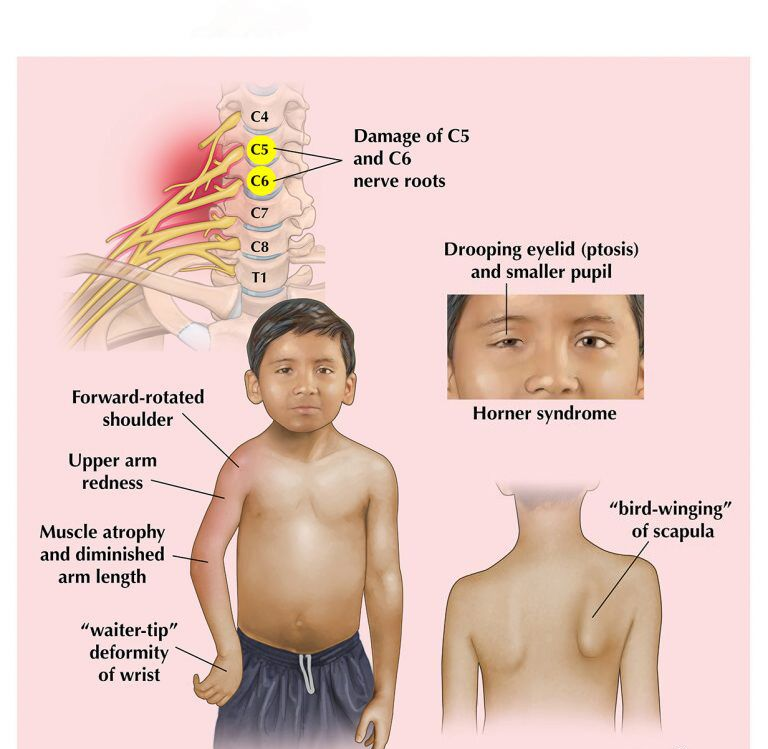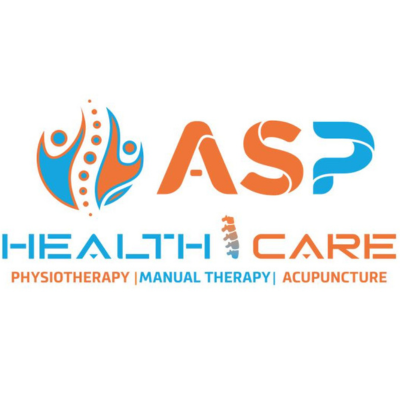+918042757363

This is your website preview.
Currently it only shows your basic business info. Start adding relevant business details such as description, images and products or services to gain your customers attention by using Boost 360 android app / iOS App / web portal.
What is Erb’s palsy? Erb’s palsy is a nerve con...

What is Erb’s palsy? Erb’s palsy is a nerve condition in the shoulder and arm that results in weakness or loss of muscle function. The brachial plexus is a group of five nerves that connect the spine to the arm and hand. These nerves allow your shoulder, arms and hands to feel and move. If these brachial plexus nerves don’t work well due to stretching or tearing, the condition is called a brachial plexus palsy. Erb's palsy is the most common type of brachial plexus palsy. It involves the upper nerves in the plexus. Palsy is another name for partial or complete loss of muscle function — muscle weakness or paralysis. Erb’s palsy is also known as Erb-Duchenne paralysis. What types of injuries are common with Erb’s palsy? There are four types of brachial plexus injuries: Avulsion is when the nerve rips away from the spine and is the most serious type of Erb's palsy. Rupture is when the nerve is torn, but not from the spine. Neuroma is when the nerve has torn and healed but has left scar tissue. The scarred tissue puts pressure on the injured nerve and prevents it from conducting signals to the muscles. Neurapraxia is when the nerve is stretched but not torn. Neurapraxia is the most common type of brachial plexus injury. How is Erb’s palsy treated? Treatment of Erb’s palsy depends partly on how severe the injury is. Some cases resolve by themselves within three to four months. But, most likely, your healthcare provider will suggest that you do exercises and physical therapy with your baby from about the age of three weeks. The range-of-motion and stretching exercises will help prevent stiffness in your baby's arm, hand and wrist. You’ll want to avoid a joint contracture (permanent joint stiffness). Follow your provider’s instructions about how many times to do the movements each day. Hydrotherapy combines exercise with water. The water provides support that makes exercise less painful. What is piriformis syndrome? Piriformis syndrome occurs when your piriformis muscle compresses your sciatic nerve and results in inflammation. It can cause pain or numbness in your buttock and down the back of your leg. It can happen on one side of your body or both. The piriformis is a flat, narrow muscle. It runs from your lower spine through your butt to the top of your thighs. Your piriformis muscle extends to each side of your body and aids in almost every movement of your lower body. The sciatic nerve most commonly runs underneath the piriformis. The nerve travels from your spinal cord, through your buttocks, down the back of each leg, to your feet. It’s the longest, largest nerve in your body. We physiotherapy in ASP Healthcare provide very good treatment for this Erb's palsy. #www.asphealthcare.in #handpain #wristpain #rehabcentre #bestphysio #bestchiropractic #bestacupuncture #osteopathic #ambattur #avadi #thirumullaivoyal #mugppair #annanagar #kallikuppam #9941424372 #8072603014

